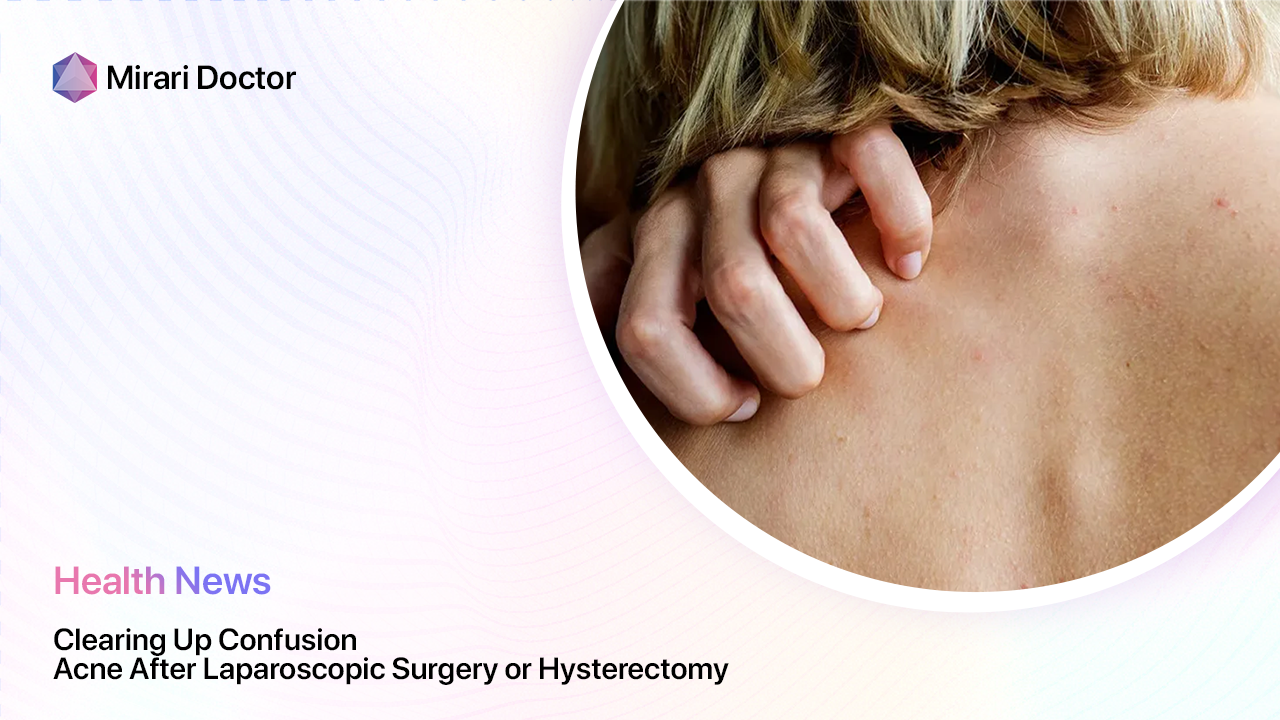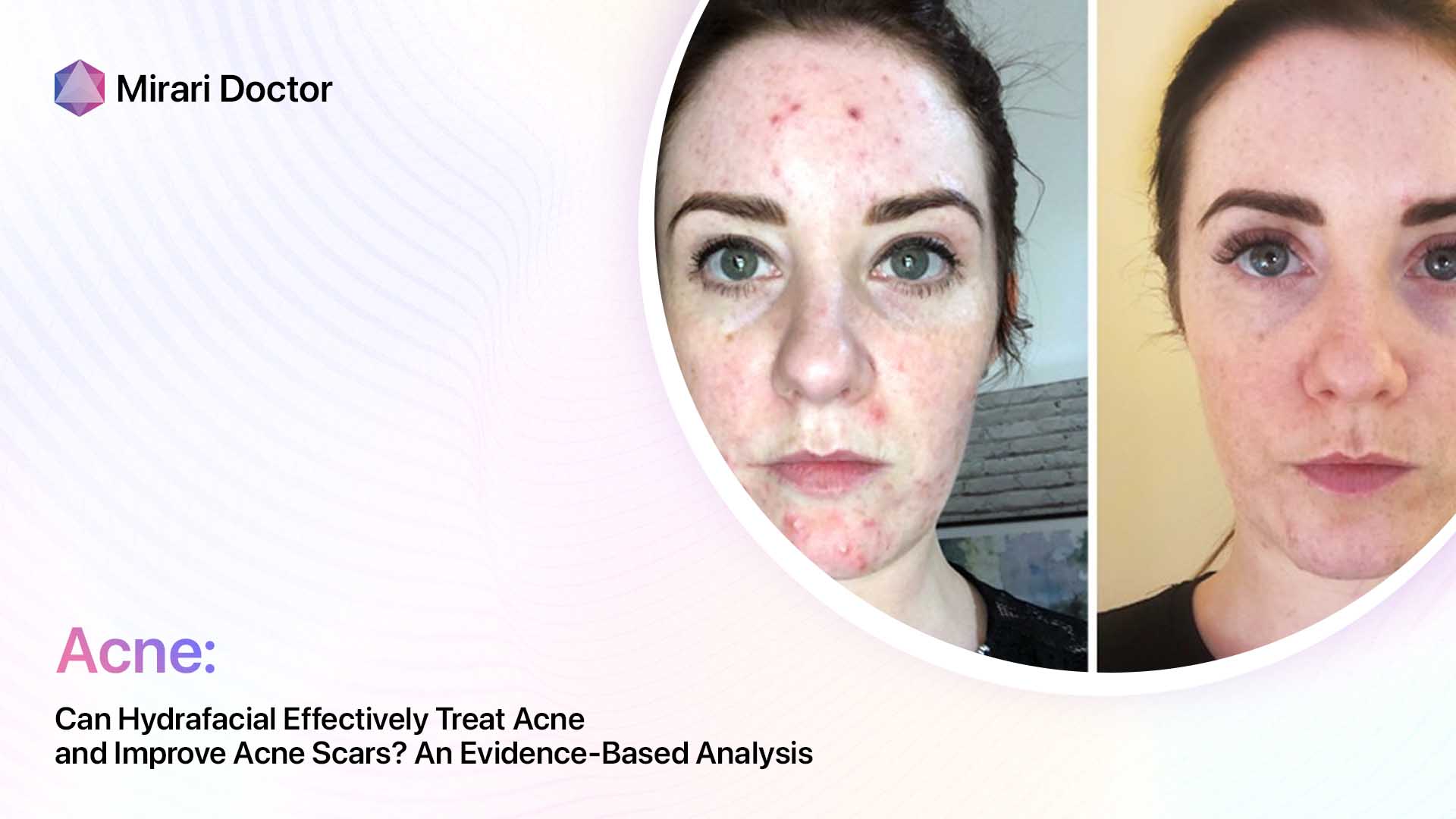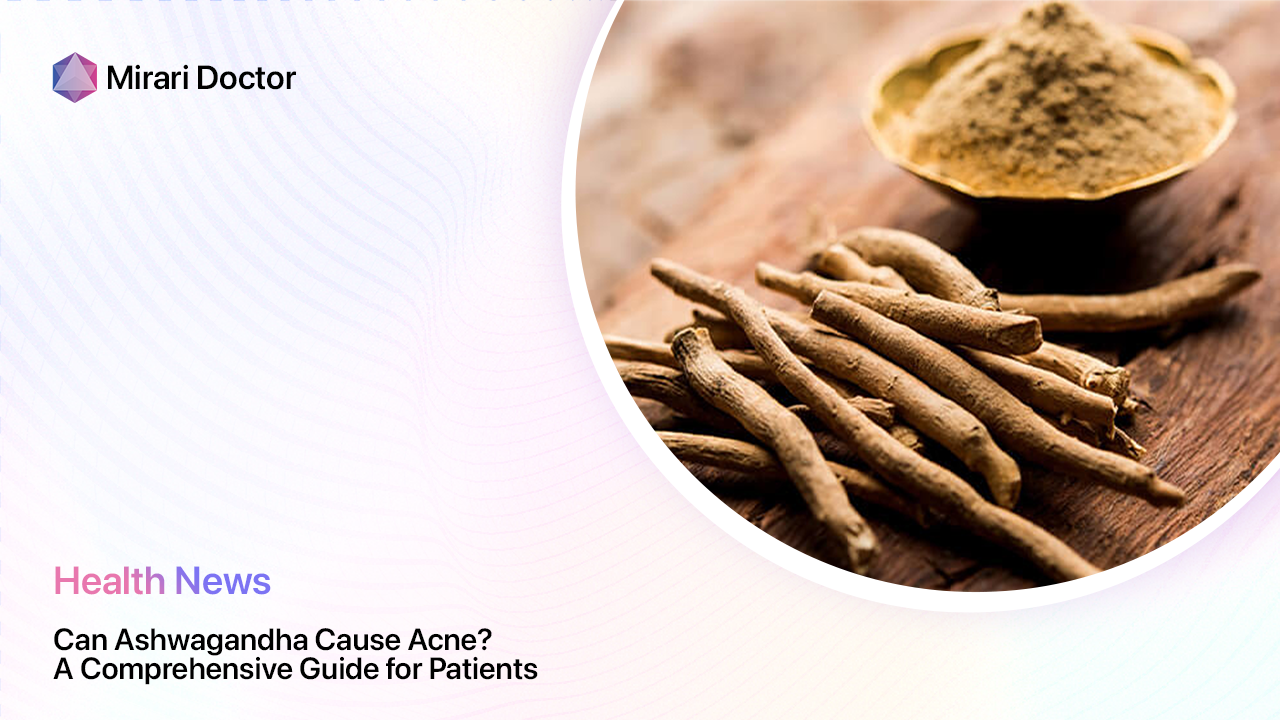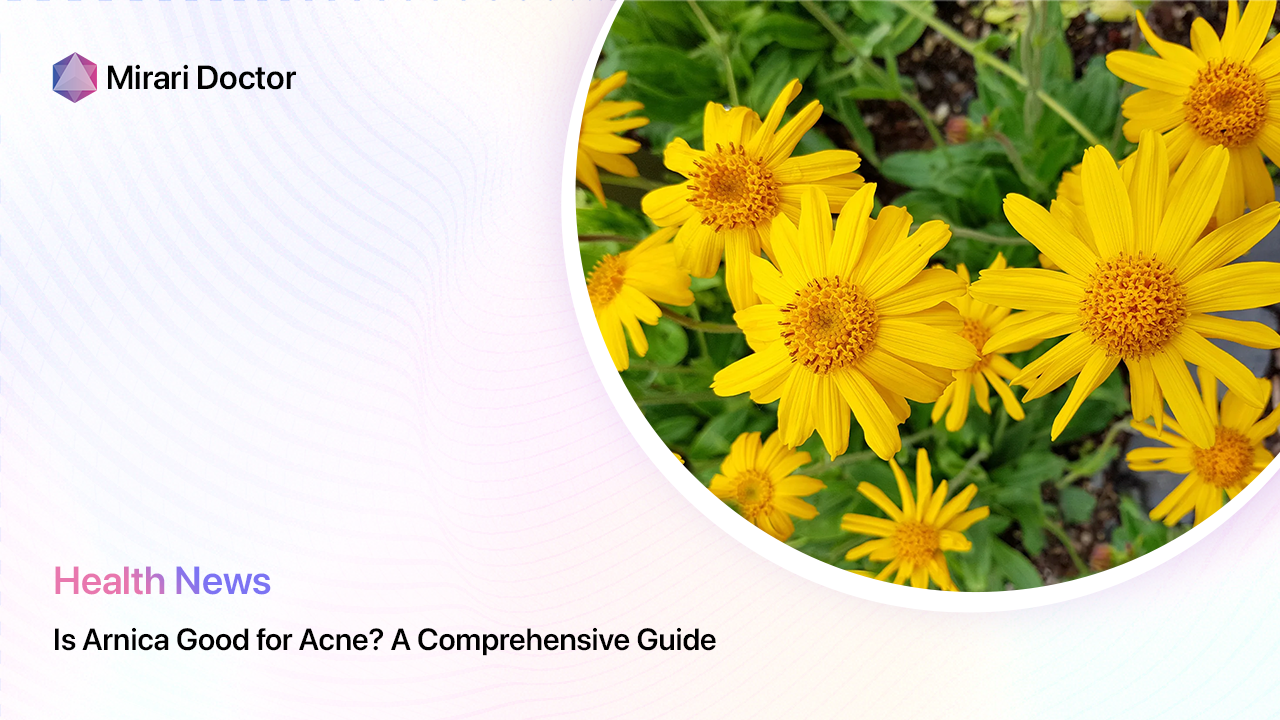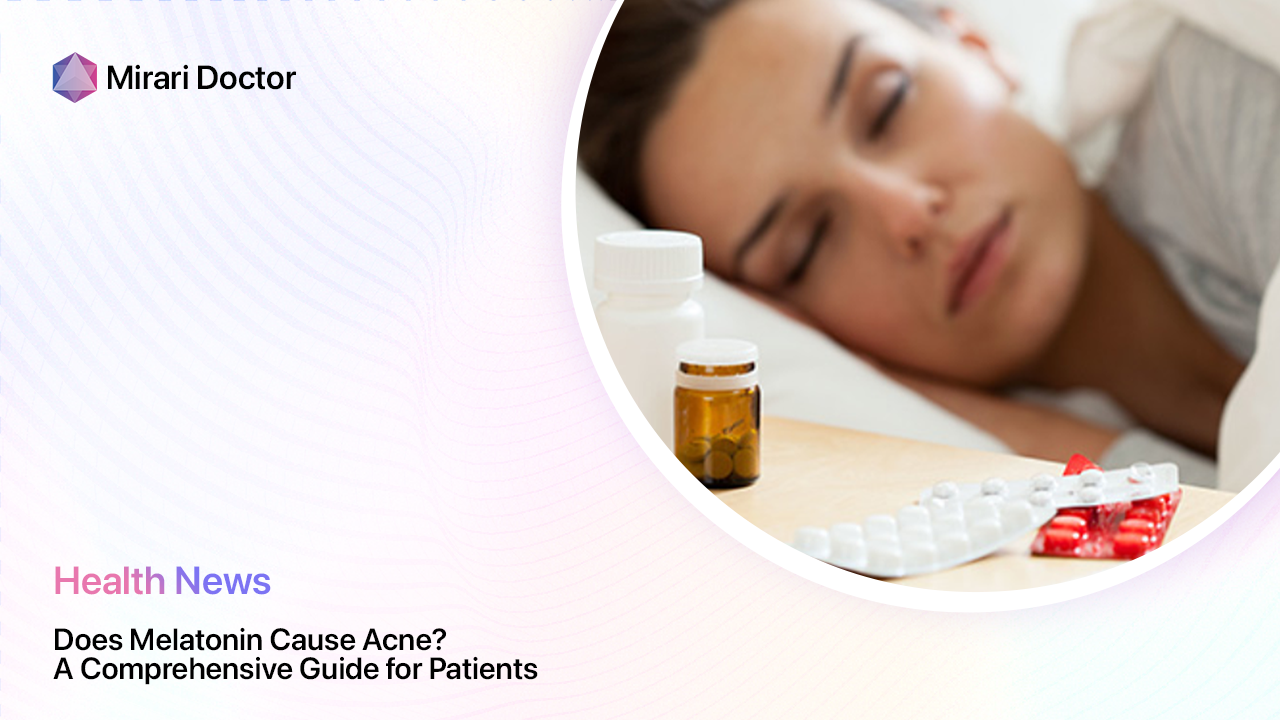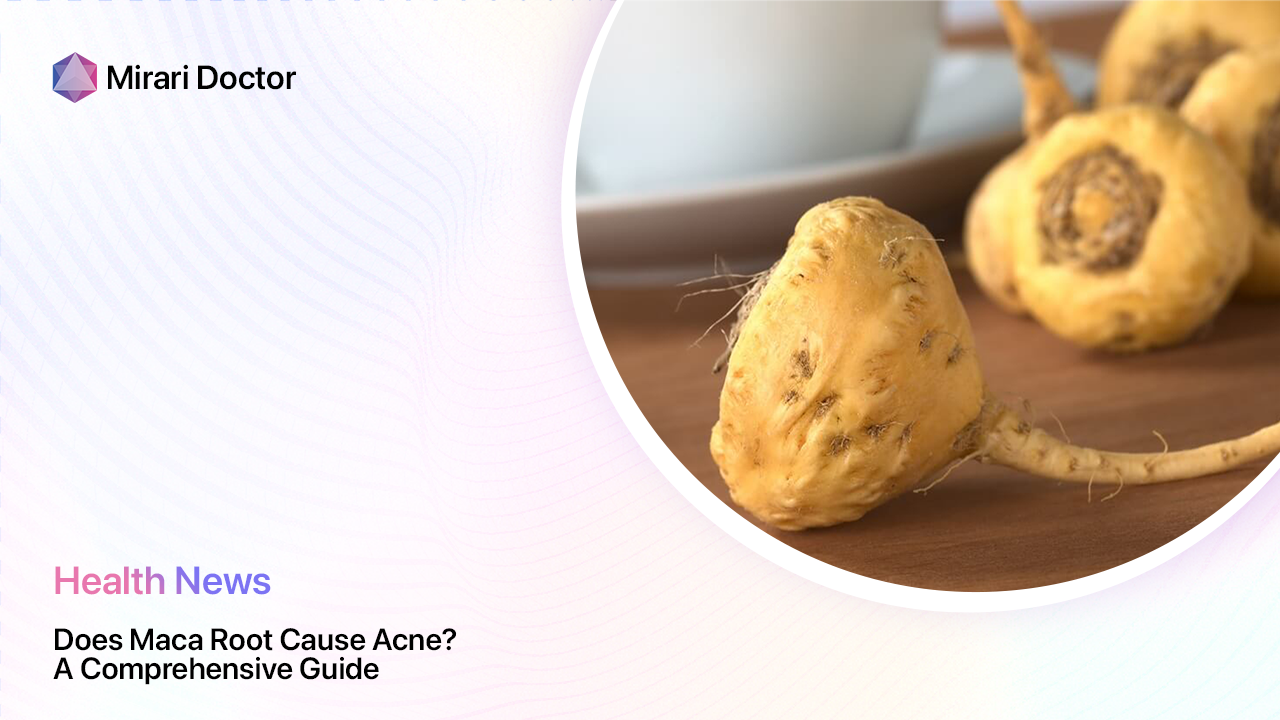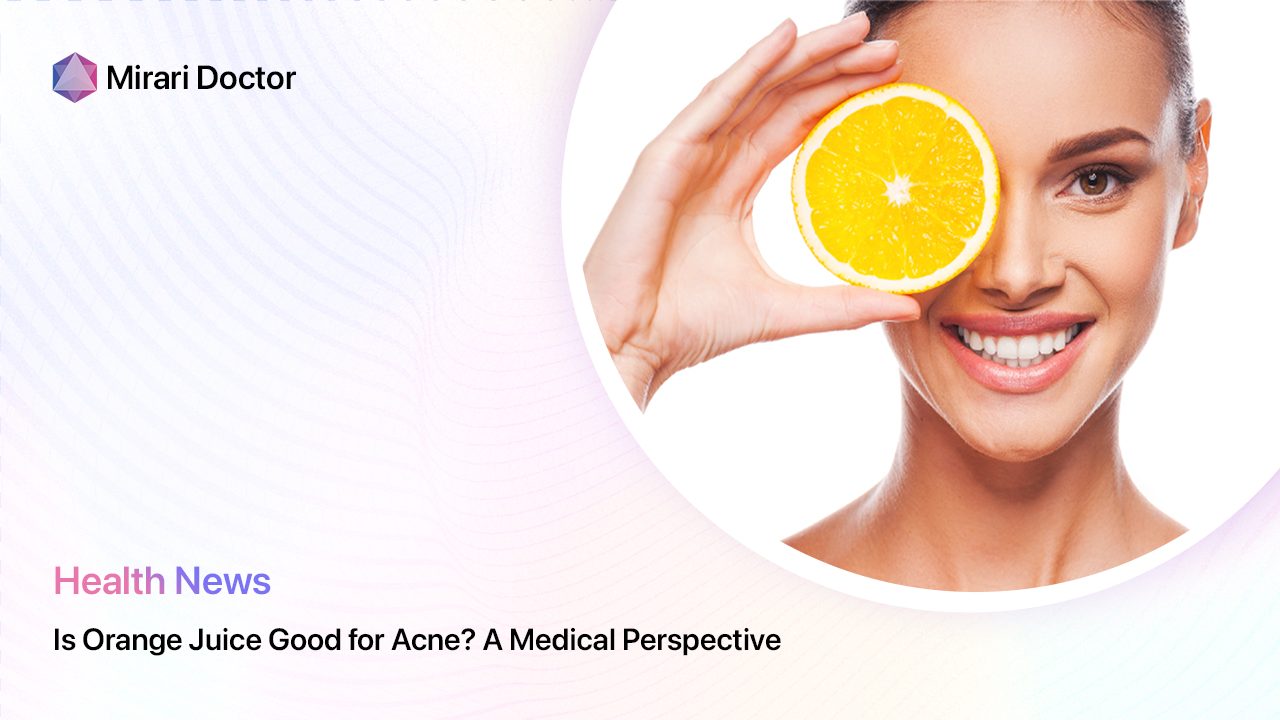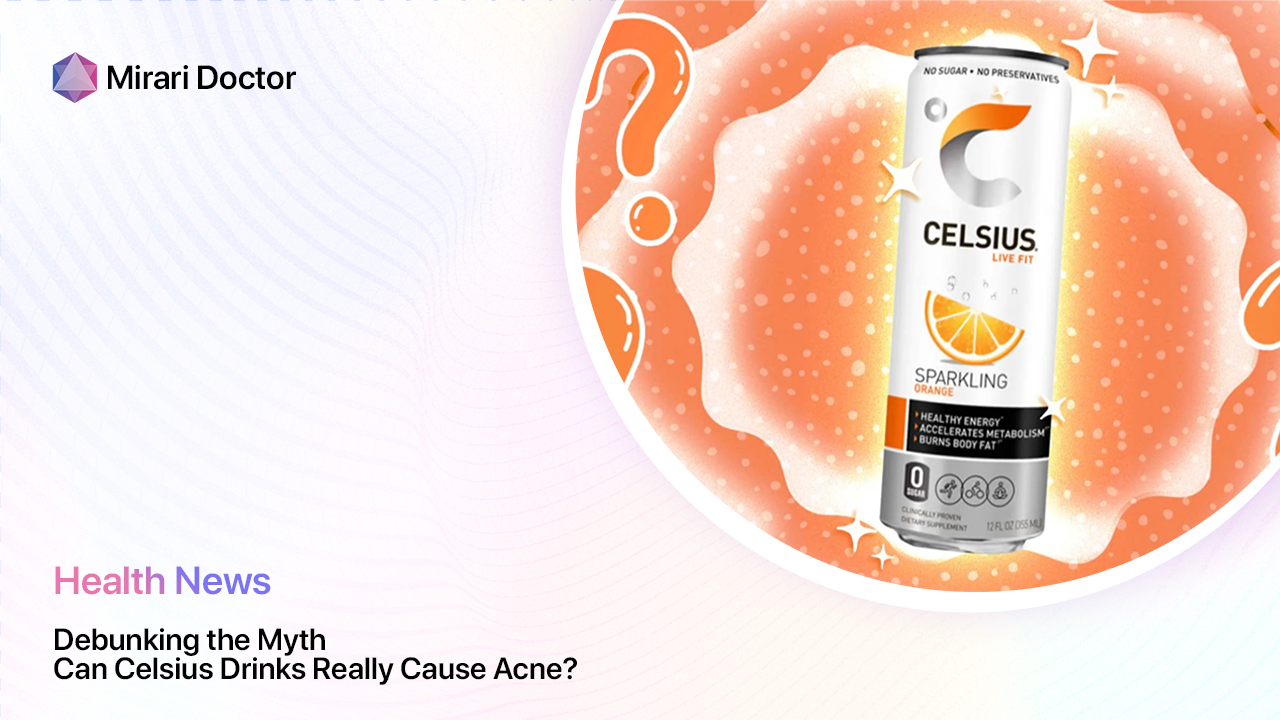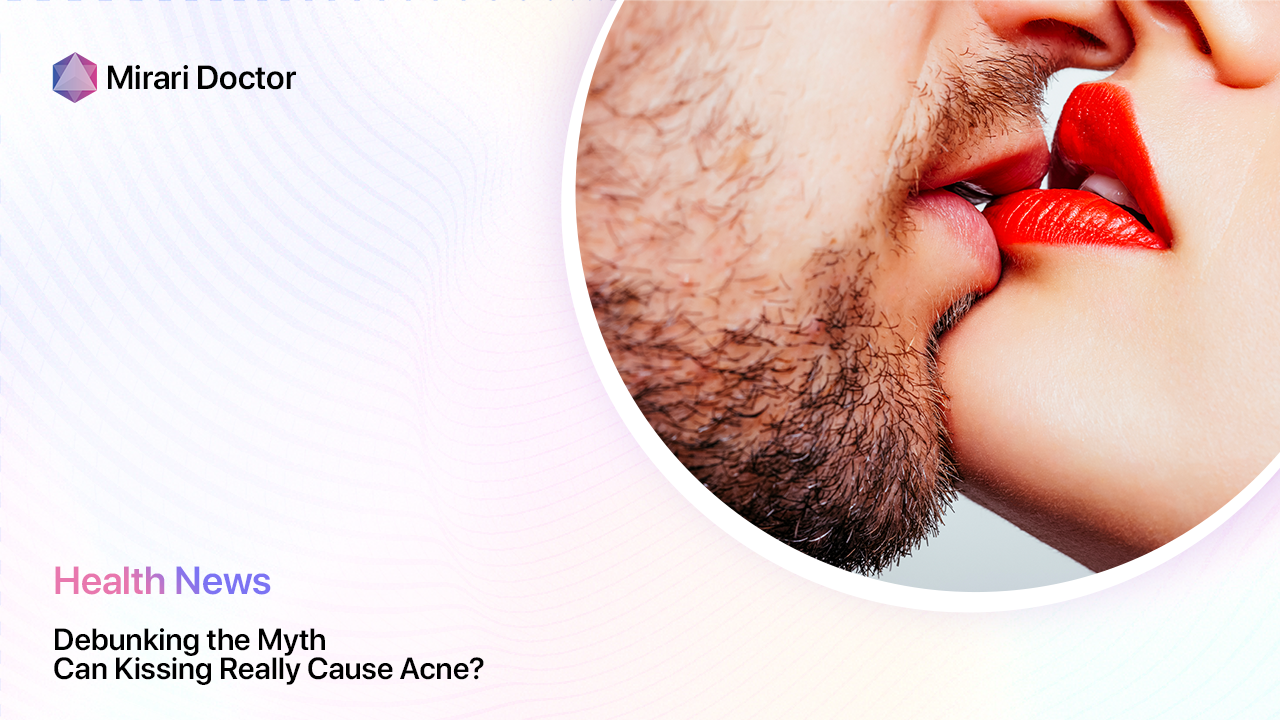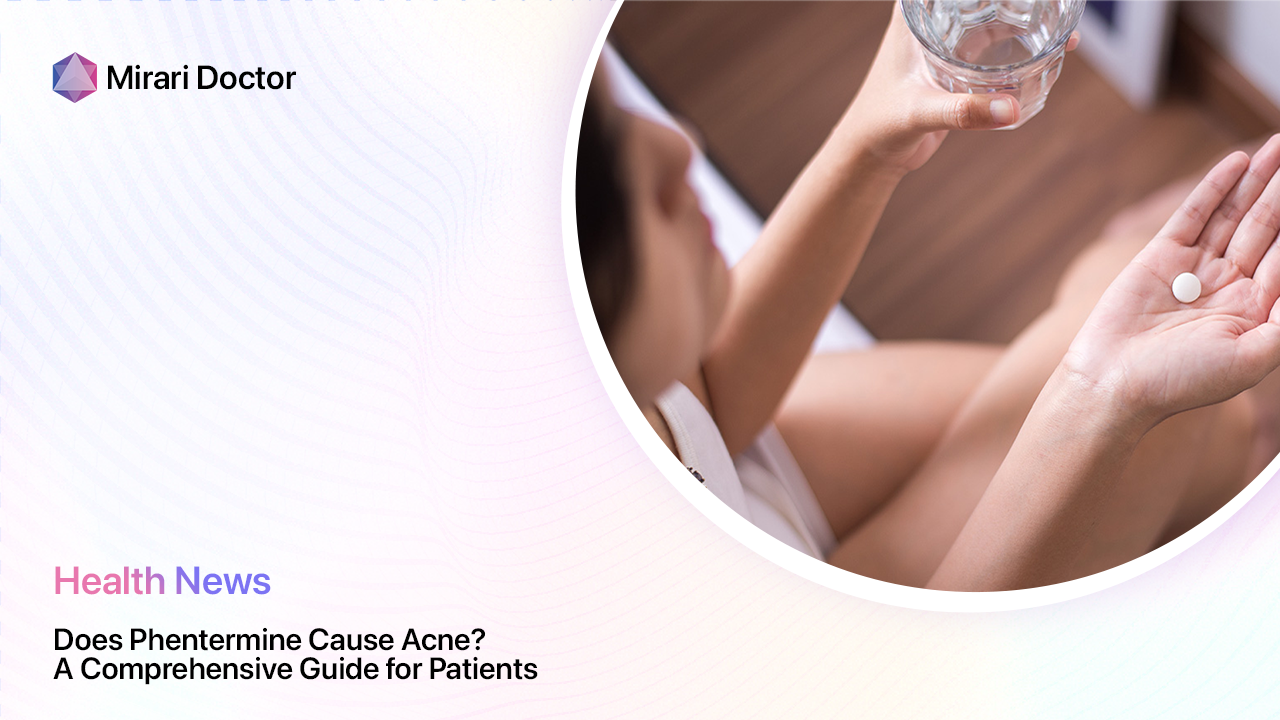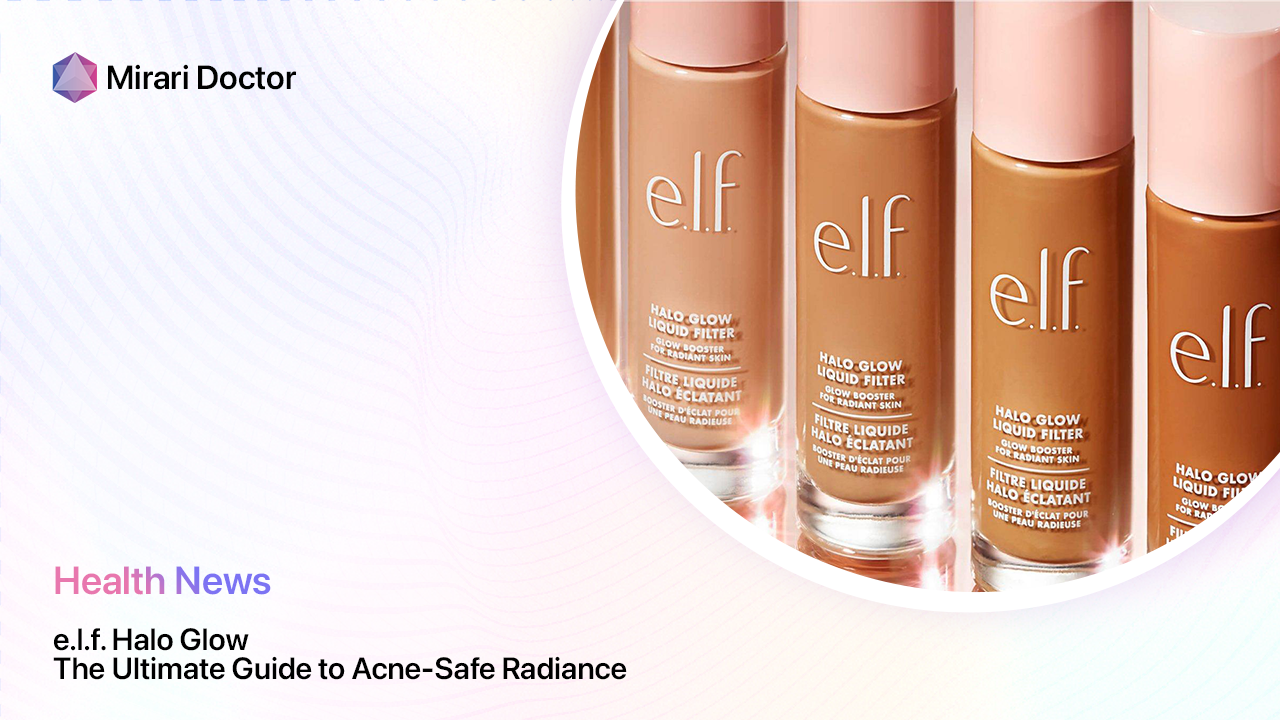
In the world of beauty and skincare, the quest for a radiant complexion is a common goal. However, for those with acne-prone skin, the fear of triggering breakouts often takes precedence over the desire for a glowing finish. Enter e.l.f. Halo Glow, a liquid filter that promises to deliver a luminous look without compromising skin health. But is e.l.f. acne-safe? In this comprehensive guide, we’ll dive deep into the ingredients, user experiences, and expert opinions to answer the burning question: does e.l.f. Halo Glow cause acne?
Understanding Acne: Causes and Triggers
Before we delve into the specifics of e.l.f. Halo Glow, it’s essential to understand the underlying causes of acne. Acne is a multifactorial skin condition that occurs when hair follicles become clogged with oil and dead skin cells, leading to the formation of pimples, blackheads, and whiteheads . While genetics play a significant role in acne susceptibility, external factors such as skincare products, diet, and stress can also contribute to breakouts .
Common acne triggers include:
- Comedogenic ingredients in skincare and makeup products
- Hormonal fluctuations, particularly during puberty, menstruation, and pregnancy
- High-glycemic-index foods and dairy products
- Friction from clothing, phones, or touching the face
- Stress and lack of sleep
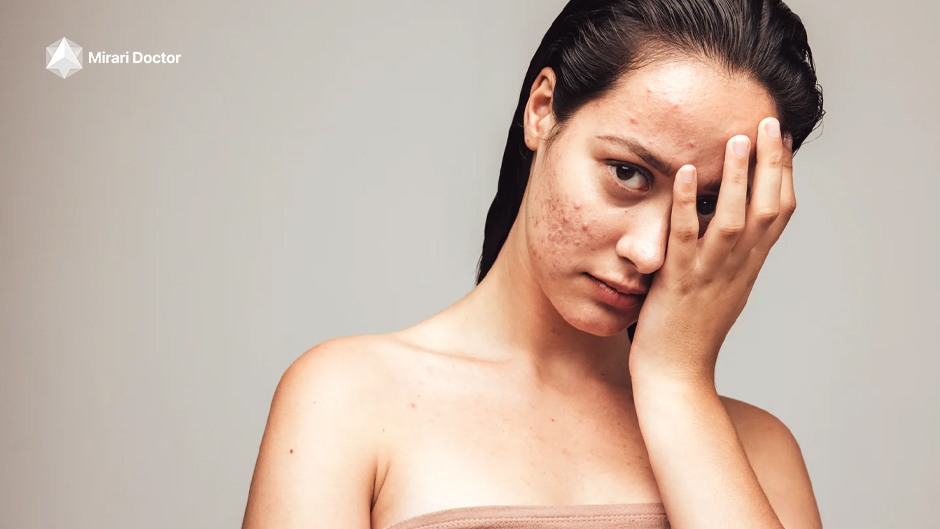
e.l.f. Halo Glow: A Closer Look
The e.l.f. Halo Glow Liquid Filter is a lightweight, multi-use product designed to add a luminous glow to the complexion. It can be used alone, mixed with foundation, or as a targeted highlighter. The product comes in a range of shades to suit different skin tones and undertones.
Key features of e.l.f. Halo Glow include:
- Vegan and cruelty-free formula
- Infused with hyaluronic acid and vitamin E for hydration and antioxidant benefits
- Lightweight, blendable texture
- Buildable coverage for a customizable glow
Ingredient Analysis: Is e.l.f. Halo Glow Acne-Safe?
To determine whether e.l.f. Halo Glow is acne-safe, we need to examine its ingredient list. The main components of the product include:
- Water
- Glycerin
- Dimethicone
- Isododecane
- Hydrogenated Didecene
- Squalane
- Hyaluronic Acid
- Tocopheryl Acetate (Vitamin E)
- Caprylic/Capric Triglyceride
- Caprylyl Glycol
- Ethylhexylglycerin
- Hexylene Glycol
- Sodium Chloride
- Disodium EDTA
- Phenoxyethanol
- Mica
- Titanium Dioxide
- Iron Oxides
Let’s take a closer look at some of these ingredients and their potential impact on acne-prone skin:
Glycerin
Glycerin is a humectant that helps attract and retain moisture in the skin. While it is generally considered non-comedogenic, some individuals with sensitive skin may experience irritation or breakouts . However, glycerin is often well-tolerated and can be beneficial for maintaining skin hydration .
Dimethicone
Dimethicone is a silicone-based ingredient that forms a protective barrier on the skin, helping to smooth texture and minimize the appearance of pores. Despite some misconceptions, dimethicone is non-comedogenic and is unlikely to clog pores or cause breakouts . In fact, it may even help protect the skin from external irritants that could exacerbate acne .
Squalane
Squalane is a lightweight, non-greasy emollient that helps soften and moisturize the skin. It is derived from olive oil and is known for its skin-friendly properties. Squalane is non-comedogenic and is often recommended for acne-prone skin due to its ability to hydrate without clogging pores .
Hyaluronic Acid
Hyaluronic acid is a powerful humectant that can hold up to 1,000 times its weight in water. It helps plump and hydrate the skin, reducing the appearance of fine lines and wrinkles. Hyaluronic acid is non-comedogenic and is generally safe for acne-prone skin . In fact, it may even help regulate sebum production and reduce inflammation associated with acne .
Tocopheryl Acetate (Vitamin E)
Tocopheryl acetate is a form of vitamin E, a potent antioxidant that helps protect the skin from free radical damage. While some forms of vitamin E, such as tocopherol, have been associated with comedogenicity, tocopheryl acetate is considered a safer alternative for acne-prone skin . However, individual sensitivities may vary, and patch-testing is always recommended.
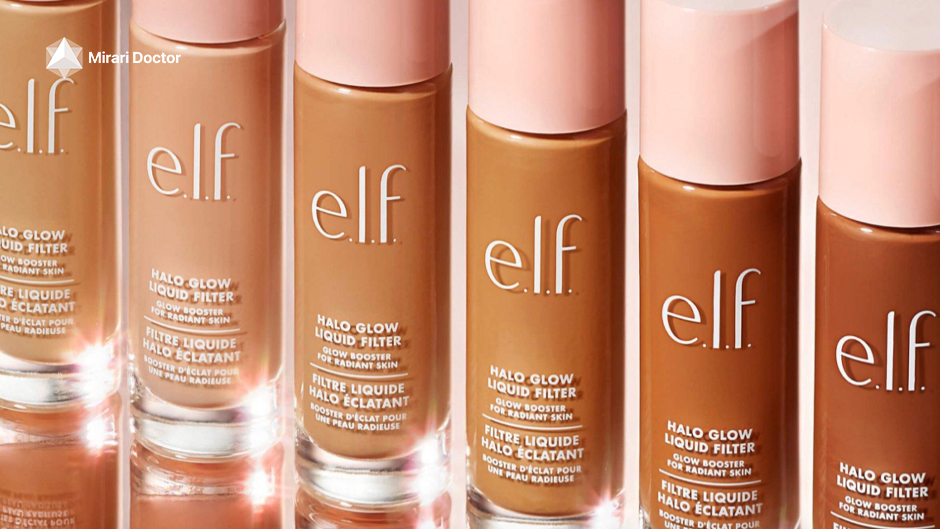
User Experiences: Does e.l.f. Halo Glow Break You Out?
While ingredient analysis provides valuable insights, real-world user experiences can offer a more comprehensive understanding of a product’s impact on acne-prone skin. Here’s what some e.l.f. Halo Glow users have reported:
Positive Experiences
- “I have been using e.l.f. Halo Glow for several weeks now, and I’m happy to report that it hasn’t caused any breakouts. My skin looks glowy and healthy, and I love how lightweight the formula feels.” – Sarah, 25
- “As someone with acne-prone skin, I’m always hesitant to try new makeup products. However, e.l.f. Halo Glow has been a game-changer for me. It gives me a natural-looking radiance without clogging my pores or triggering breakouts.” – Michael, 31
- “I mix a few drops of e.l.f. Halo Glow with my foundation for a dewy finish, and it works beautifully. No breakouts, just a healthy glow!” – Jasmine, 28
Negative Experiences
- “I really wanted to love e.l.f. Halo Glow, but unfortunately, it didn’t work for my skin. After a few days of use, I started noticing small bumps and breakouts on my cheeks. I had to discontinue use.” – Emily, 24
- “While e.l.f. Halo Glow didn’t cause major breakouts for me, I did experience some mild irritation and redness. I think my skin might be sensitive to one of the ingredients.” – Alex, 29
It’s important to note that individual experiences with skincare and makeup products can vary widely. What works for one person may not work for another, and it’s always best to patch-test new products before applying them to the entire face.
Expert Opinions: Is e.l.f. Halo Glow Safe for Acne-Prone Skin?
To gain a more comprehensive understanding of e.l.f. Halo Glow’s suitability for acne-prone skin, let’s explore the opinions of skincare experts and dermatologists.
Dr. Anjali Mahto, Consultant Dermatologist
“When evaluating the acne-safety of a product like e.l.f. Halo Glow, it’s essential to consider the individual ingredients and their comedogenic potential. Based on the ingredient list, e.l.f. Halo Glow appears to be formulated with non-comedogenic components such as dimethicone and squalane. However, it’s important to remember that acne is a complex condition, and what triggers breakouts for one person may not affect another. I always recommend patch-testing new products and monitoring skin reactions closely.”
Dr. Sam Bunting, Cosmetic Dermatologist
“The key to managing acne-prone skin is maintaining a consistent skincare routine that includes gentle cleansing, non-comedogenic moisturization, and targeted treatments as needed. When it comes to makeup, look for lightweight, non-occlusive formulas that won’t clog pores. e.l.f. Halo Glow seems to fit this description, with its blend of hydrating and skin-friendly ingredients. However, it’s crucial to remove all makeup thoroughly at the end of the day and to prioritize skincare over cosmetics in your routine.”
Paula Begoun, Skincare Expert and Founder of Paula’s Choice
“e.l.f. Halo Glow contains several beneficial ingredients for the skin, such as hyaluronic acid and squalane, which can help hydrate and support a healthy skin barrier. The formula appears to be non-comedogenic, which is a plus for acne-prone skin. However, it’s important to keep in mind that every person’s skin is unique, and what works for one may not work for another. If you have a history of sensitivities or breakouts, it’s always best to proceed with caution and introduce new products gradually.”
Patch-Testing: A Crucial Step
Before incorporating e.l.f. Halo Glow or any new product into your skincare routine, it’s essential to perform a patch test. This simple process can help you determine whether a product is likely to cause irritation or breakouts before applying it to your entire face.
To patch-test e.l.f. Halo Glow:
- Apply a small amount of the product to a discrete area of skin, such as the inside of your wrist or behind your ear.
- Cover the area with a bandage or leave it uncovered, depending on the location.
- Wait 24-48 hours and monitor the area for any signs of redness, itching, or irritation.
- If no adverse reactions occur, you can proceed with using the product on your face. However, if you experience any discomfort or unusual symptoms, discontinue use immediately.
Remember, even if a product is labeled as non-comedogenic or acne-safe, individual reactions can vary. Patch-testing is a simple yet effective way to minimize the risk of triggering breakouts or irritation.
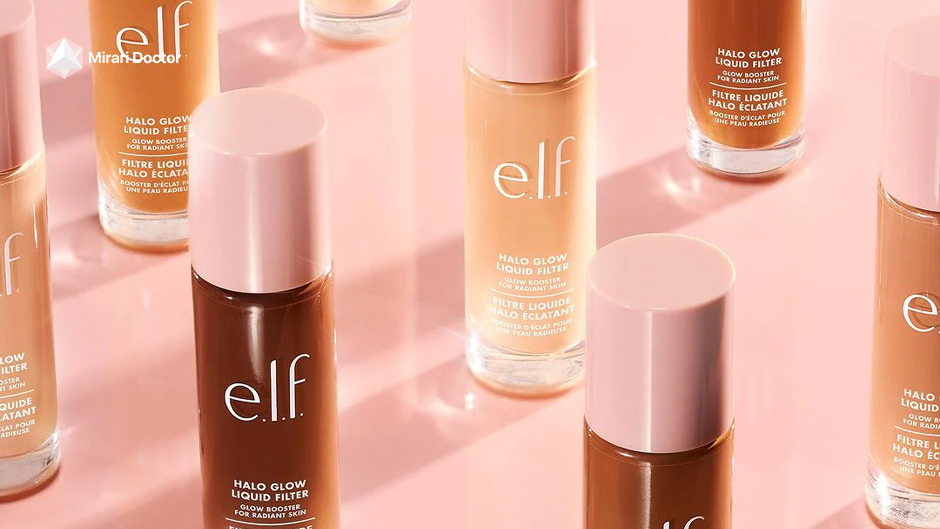
Incorporating e.l.f. Halo Glow into Your Routine
If you’ve patch-tested e.l.f. Halo Glow and found it suitable for your skin, here are some tips for incorporating it into your skincare and makeup routine:
- Start with a clean, moisturized base: Always apply e.l.f. Halo Glow to freshly cleansed and moisturized skin to ensure optimal performance and minimize the risk of irritation.
- Use sparingly: A little goes a long way with e.l.f. Halo Glow. Start with a small amount and blend it out using your fingers or a damp beauty sponge. You can always build up the intensity if needed.
- Mix with foundation: For an all-over glow, try mixing a few drops of e.l.f. Halo Glow with your favorite foundation. This technique can help create a dewy, luminous finish without altering the coverage of your base.
- Highlight strategic areas: To use e.l.f. Halo Glow as a targeted highlighter, apply it to the high points of your face, such as the cheekbones, brow bone, and cupid’s bow. Blend out the edges for a seamless, natural-looking glow.
- Set with powder: If you have oily or acne-prone skin, setting your makeup with a light dusting of translucent powder can help control shine and minimize the risk of breakouts. Focus on the T-zone and other areas prone to excess oil production.
- Remove thoroughly: Always remove your makeup completely at the end of the day using a gentle, non-comedogenic cleanser. Double cleansing can be particularly effective for ensuring a thorough removal of all traces of makeup and sunscreen.
When to See a Dermatologist
If you have persistent or severe acne, it’s essential to consult with a dermatologist. While products like e.l.f. Halo Glow may be suitable for mild to moderate acne-prone skin, more advanced cases may require professional treatment.
Signs that it’s time to see a dermatologist include:
- Acne that is painful, cystic, or leaving scars
- Breakouts that do not respond to over-the-counter treatments
- Acne that is affecting your self-esteem or quality of life
- Suspected skin allergies or sensitivities
A dermatologist can help identify the underlying causes of your acne and develop a personalized treatment plan that may include topical medications, oral antibiotics, or hormonal therapies.
Alternative Acne-Safe Makeup Products
If you find that e.l.f. Halo Glow isn’t the right fit for your acne-prone skin, don’t worry – there are plenty of alternative products to explore. Here are a few acne-safe makeup options to consider:
- Bare Minerals Original Foundation SPF 15: This mineral-based foundation is non-comedogenic and provides buildable coverage without clogging pores.
- Neutrogena SkinClearing Oil-Free Makeup: Formulated with salicylic acid, this liquid foundation helps control breakouts while providing natural-looking coverage.
- Clinique Acne Solutions Liquid Makeup: This oil-free foundation contains salicylic acid to help treat and prevent breakouts, making it an excellent choice for acne-prone skin.
- Tarte Amazonian Clay 12-Hour Foundation: Infused with Amazonian clay, this foundation helps control oil and minimize the appearance of pores without triggering breakouts.
Remember, what works for one person may not work for another, so it’s essential to experiment and find the products that best suit your individual skin needs.
The Importance of a Holistic Approach to Acne Management
While finding acne-safe makeup products like e.l.f. Halo Glow is important, it’s just one piece of the puzzle when it comes to managing acne-prone skin. A holistic approach that addresses both internal and external factors is crucial for achieving and maintaining clear, healthy skin.
Key components of a comprehensive acne management plan include:
- Consistent skincare routine: Cleanse, moisturize, and protect your skin daily using non-comedogenic, fragrance-free products suitable for your skin type.
- Targeted treatments: Incorporate acne-fighting ingredients like salicylic acid, benzoyl peroxide, or retinoids into your routine as needed to help control breakouts.
- Sun protection: Always wear broad-spectrum sunscreen with an SPF of at least 30 to protect your skin from UV damage and minimize the risk of post-inflammatory hyperpigmentation.
- Balanced diet: While the connection between diet and acne is complex, some studies suggest that a low-glycemic-index diet rich in whole foods may help reduce inflammation and support skin health .
- Stress management: Stress can exacerbate acne by increasing inflammation and oil production. Engage in stress-reducing activities like exercise, meditation, or deep breathing to help keep breakouts at bay.
- Regular check-ups: Schedule annual appointments with a dermatologist to monitor your skin health and adjust your treatment plan as needed.
By taking a holistic approach to acne management, you can help create an environment that supports clear, healthy skin from the inside out.

Conclusion
In conclusion, e.l.f. Halo Glow appears to be a promising option for those with acne-prone skin seeking a radiant, glowing complexion. Its non-comedogenic ingredients, lightweight texture, and skin-friendly formula make it a viable choice for many users. However, as with any new product, it’s essential to patch-test and monitor your skin’s response closely.
Remember, managing acne is a multi-faceted process that requires patience, consistency, and a personalized approach. By combining acne-safe makeup products like e.l.f. Halo Glow with a comprehensive skincare routine, balanced lifestyle habits, and professional guidance when needed, you can work towards achieving and maintaining the clear, glowing skin you deserve.
Key Takeaways
- e.l.f. Halo Glow is formulated with non-comedogenic ingredients like dimethicone, squalane, and hyaluronic acid, making it a potentially acne-safe choice for many users.
- Individual skin sensitivities can vary, so it’s essential to patch-test e.l.f. Halo Glow before applying it to your entire face.
- Incorporating e.l.f. Halo Glow into a comprehensive skincare routine that includes gentle cleansing, non-comedogenic moisturization, and targeted treatments can help support clear, glowing skin.
- If you have persistent or severe acne, consult with a dermatologist to develop a personalized treatment plan.
- A holistic approach to acne management that addresses both internal and external factors is crucial for achieving and maintaining healthy, radiant skin.
References
- Dréno, B., Bettoli, V., Araviiskaia, E., Sanchez Viera, M., & Bouloc, A. (2018). The influence of exposome on acne. Journal of the European Academy of Dermatology and Venereology, 32(5), 812-819. https://doi.org/10.1111/jdv.14820
- Juhl, C. R., Bergholdt, H. K. M., Miller, I. M., Jemec, G. B. E., Kanters, J. K., & Ellervik, C. (2018). Dairy intake and acne vulgaris: A systematic review and meta-analysis of 78,529 children, adolescents, and young adults. Nutrients, 10(8), 1049. https://doi.org/10.3390/nu10081049
- Mohiuddin, A. K. (2019). A comprehensive review of acne vulgaris. Clinical Research in Dermatology, 6(1), 1-34. https://www.researchgate.net/publication/332178198_A_Comprehensive_Review_of_Acne_Vulgaris
- Sutaria, A. H., Masood, S., & Schlessinger, J. (2021). Acne Vulgaris. StatPearls [Internet]. Treasure Island (FL): StatPearls Publishing. https://www.ncbi.nlm.nih.gov/books/NBK459173/
- Zaenglein, A. L., Pathy, A. L., Schlosser, B. J., Alikhan, A., Baldwin, H. E., Berson, D. S., … & Bhushan, R. (2016). Guidelines of care for the management of acne vulgaris. Journal of the American Academy of Dermatology, 74(5), 945-973. https://doi.org/10.1016/j.jaad.2015.12.037
Related articles
Made in USA


